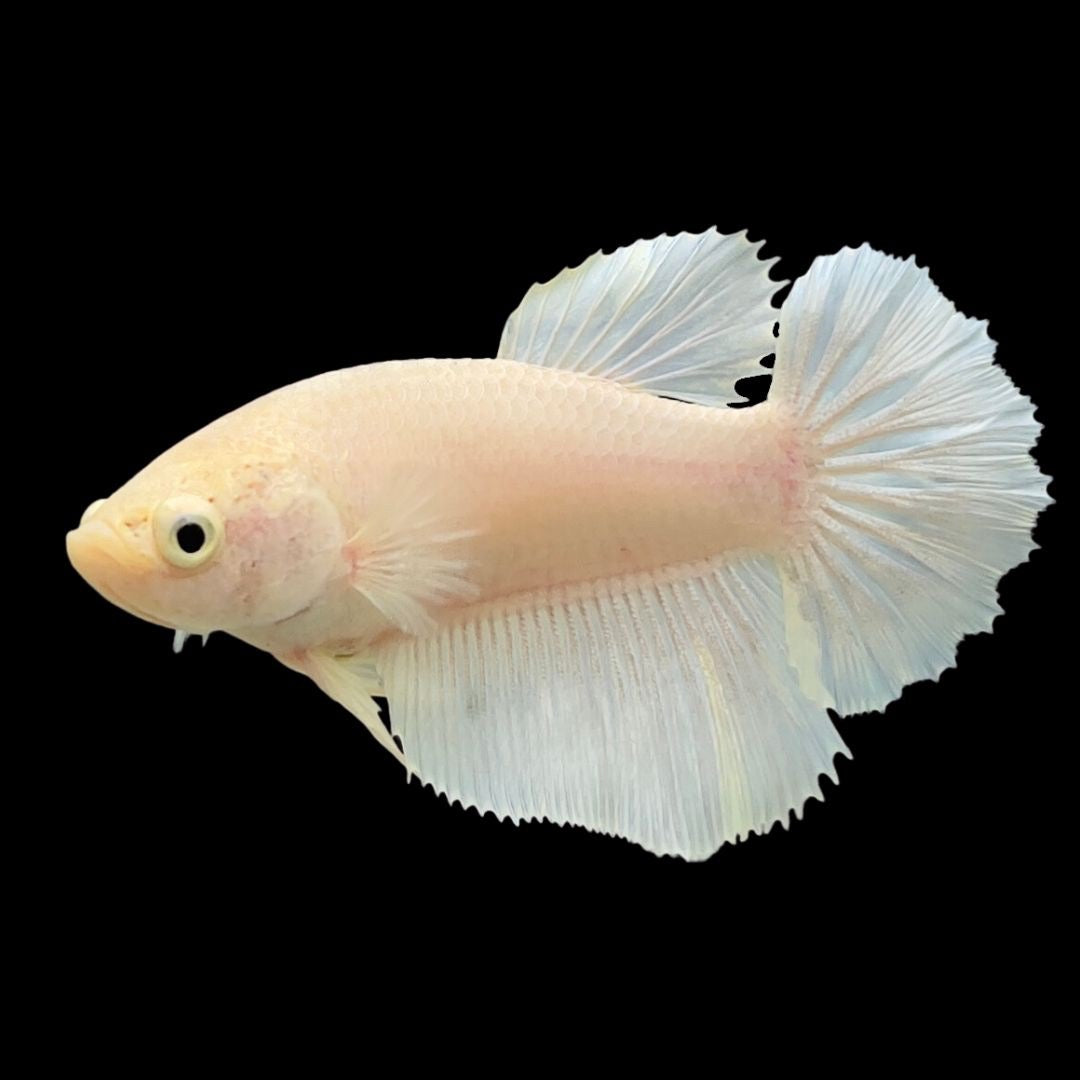
Effective Methods for Your 10 Gallon Saltwater Tank in 2025
Setting up and maintaining a 10 gallon saltwater tank offers an exciting opportunity to explore marine life in a manageable environment. As a beginner or seasoned aquarist, understanding the various aspects of saltwater tank maintenance is crucial for a thriving aquarium. In 2025, advancements in equipment and techniques continue to enhance the experience of creating a vibrant underwater habitat.
In this article, we will explore essential practices associated with 10 gallon saltwater tank setups, lighting arrangements, filtration systems, and stocking methods that align with current trends. You will discover how to effectively manage your saltwater environment, including water quality, fish compatibility, and the best techniques for maintaining a successful small reef tank. With practical tips, expert recommendations, and current products, you'll have the knowledge to create a beautiful marine ecosystem.
Key takeaways: Importance of proper maintenance, compatible fish selections, essential equipment, and maintaining water quality are highlighted throughout this guide. Let’s dive into the world of 10 gallon saltwater tanks!
Essential Equipment for 10 Gallon Saltwater Tank Setup
When starting your 10 gallon saltwater tank, investing in the right equipment is critical for creating a healthy environment. This includes filtration systems, lighting solutions, and heating devices tailored to meet the specific needs of marine life.
Selecting the Right Filtration System
A reliable saltwater tank filtration system is the backbone of any successful aquarium setup. In smaller tanks, such as the 10-gallon option, adequate filtration ensures that waste is effectively removed, thereby maintaining water quality. Consider using a canister filter or a hang-on-back filter that fits well in smaller spaces while providing high levels of biological and mechanical filtration.
Remember, the size and type of filter chosen directly impact the tank's ecosystem, including the health of fish and coral. Regular maintenance, including cleaning and replacing filter media, is vital for sustaining water clarity and quality.
Choosing the Best Lighting for Your Tank
The 10 gallon saltwater tank light selection is crucial for coral growth and fish health. LED lighting has become popular for aquarium setups due to its energy efficiency and customizable spectrum. You should choose lights that adequately simulate natural sunlight, considering different coral types and their specific light requirements.
Proper lighting not only enhances your tank's visual appeal but also influences the well-being of its inhabitants. Specific species thrive under particular light conditions, so understanding your stock's needs can help avoid common coral health issues.
Maintaining Heat with a Saltwater Tank Heater
Maintaining a stable temperature in your aquarium is vital for the health of its inhabitants. A saltwater tank heater ensures that your marine environment remains within the ideal temperature range, which generally lies between 75°F to 82°F. For a 10-gallon tank, a 50-watt heater often provides adequate heating.
Regularly monitor your heater's functionality, as fluctuations can lead to stress among fish and corals. Investing in a reliable aquarium thermometer can help you easily keep track of temperature levels.
Understanding Water Quality Parameters for Saltwater Tanks
Water quality is foundational in maintaining your saltwater tank. Key factors such as salinity, pH, and ammonia levels play significant roles in the health of your aquatic life.
Testing Salinity Levels in Saltwater Aquariums
Salinity levels in your aquarium must be kept consistent, especially for delicate marine species. Use a refractometer or hydrometer to regularly check salinity, aiming for a level typically between 1.020 to 1.025 specific gravity. Extreme fluctuations can negatively impact fish and coral health.
Regular adjustments to salinity should be done carefully to avoid causing stress to the tank's inhabitants. Use high-quality marine aquarium salt designed for reef tanks to maintain stable conditions.
Maintaining pH and Ammonia Levels
Monitoring and maintaining pH levels in saltwater tanks is essential for creating a healthy environment. Aim for a pH range of 7.8 to 8.4, as this is optimal for most marine species. Test kits are available to help you stay on top of these parameters.
Equally important is ammonia management. High ammonia levels can signal overfeeding, inadequate filtration, or organic waste build-up. Regular water changes and observing feeding schedules can help in mitigating these issues.
Identifying and Managing Common Saltwater Tank Problems
All aquarium enthusiasts face challenges at some point, including common saltwater tank problems like algae growth, poor water quality, or fish diseases. Proactive monitoring and maintenance can help prevent many of these concerns.
Implementing a regular testing schedule for water quality, alongside inspections of fish and coral health, will equip you to address problems quickly. Additionally, consider using a UV sterilizer for your tank to reduce harmful microorganisms and improve overall water clarity.

Stocking Your 10 Gallon Saltwater Tank Successfully
Stocking a small tank like a 10 gallon saltwater tank requires careful planning and consideration. Due to the limited space, understanding the requirements and compatibility of various species is crucial to avoid overstocking and to promote a healthy ecosystem.
Best Fish for 10 Gallon Saltwater Tank
Choosing the best fish for your aquarium involves understanding species compatibility, space requirements, and behavior. Some suitable species include clownfish, damselfish, and gobies. These fish often adapt well to smaller spaces and coexist peacefully when paired properly.
When adding fish, it is advisable to do so gradually to allow the tank's ecosystem to adjust and to avoid overloading the biological filtration system.
Coral and Invertebrate Selection
Selecting the right corals and invertebrates enhances the aesthetic appeal of your aquarium while contributing to its overall health. Saltwater tank coral selection should include hardy varieties like zoanthids and small mushroom corals, which are well-suited for beginners.
Additionally, consider adding invertebrates such as snails or shrimp, which can assist in maintaining tank cleanliness while also providing visual interest.
10 Gallon Saltwater Tank Compatibility Chart
Utilizing a compatibility chart can help you navigate the various options available. This chart will indicate which fish and corals can thrive together in harmony, as some species can be territorial or have specific environmental needs.
Remember to research each species thoroughly to better understand their individual needs and behavior before committing to stocking your 10-gallon setup.
Maintenance Routines and Care Tips for Saltwater Tanks
Successful maintenance of your 10 gallon saltwater tank relies on establishing a consistent routine. Regular maintenance should include activities like water changes, testing parameters, and cleaning components to ensure your tank remains a healthy environment.
Regular Water Changes and Quality Testing
Performing regular water changes, typically every two weeks and replacing 10-20% of the water, is essential for maintaining water quality. Saltwater tank water testing should also be done to monitor levels of ammonia, nitrite, nitrate, and pH.
Utilizing high-quality test kits will give you accurate readings, allowing you to address any concerns promptly. Furthermore, replacing carbon in your filter regularly will help reduce impurities in the water.
How to Deal with Algae Control
Algae can be a persistent issue in fish tanks. Implementing effective saltwater tank algae control strategies is key in maintaining your aquarium’s aesthetic and health.
Limit light exposure by using timers for your tank’s lighting system to avoid excess algae growth. Additionally, introducing algae-eating fish or invertebrates, such as certain snails or blennies, can help keep algae populations in check.
Monitoring and Adjusting Feeding Schedules
Proper feeding schedules for saltwater fish are essential in enhancing their health and growth. Establish a consistent routine that avoids overfeeding, which can lead to water quality issues. Offering small portions 2-3 times a week works well for most species.
Utilizing automated feeders can help ensure your fish receive the appropriate amounts of food without the risk of overloading the tank with excess waste.

Preparing for Emergencies in Your Saltwater Aquarium
Even with diligent care, emergency situations may arise in your aquarium. Being prepared can help you minimize damage and maintain stability within your 10 gallon saltwater tank.
Identifying Equipment Failures
Regular checks on your aquarium's equipment can help identify any impending failures early. Listening for unusual sounds or monitoring performance consistency will quickly alert you to potential problems with heaters, filters, or lighting systems.
Keeping a backup heater or filter can be beneficial in the event of an unexpected equipment failure, ensuring your tank remains stable and safe for its inhabitants.
Emergency Resources and Quick Reference Guides
Creating emergency reference guides, including potential solutions for typical problems like fish diseases or parameter imbalances, is a sound practice for any aquarist. Having access to this information can help you respond promptly and effectively.
Connecting with local aquarists or aquarist communities can provide valuable insights on emergencies, as fellow fish keepers can share their experiences and solutions.
With these strategies and insights, maintaining a 10 gallon saltwater tank in 2025 can be a rewarding and enriching hobby. By focusing on proper equipment, monitoring water quality, ensuring compatible species, and preparing for emergencies, you can establish an aquarium that flourishes both in appearance and ecosystem stability.